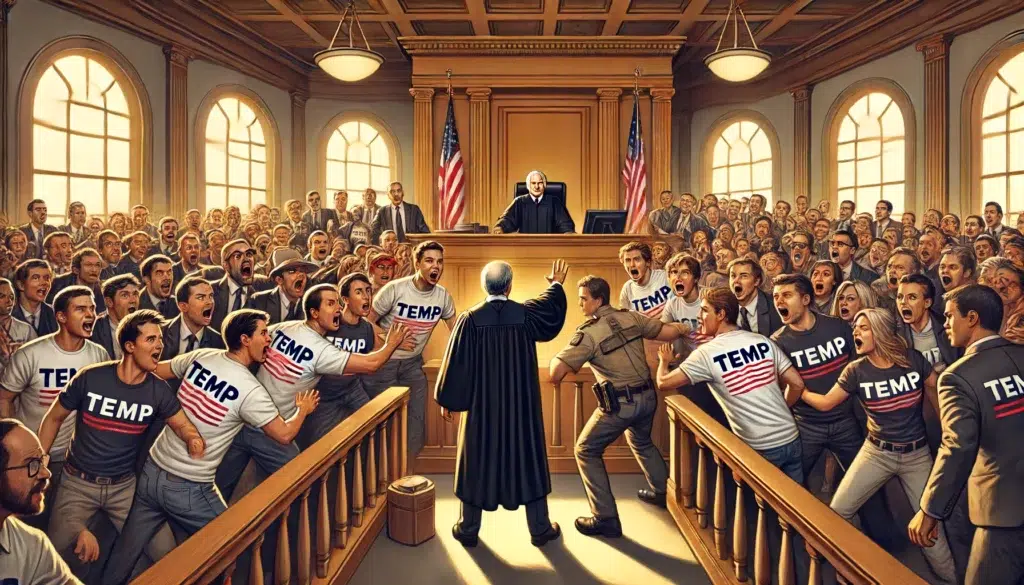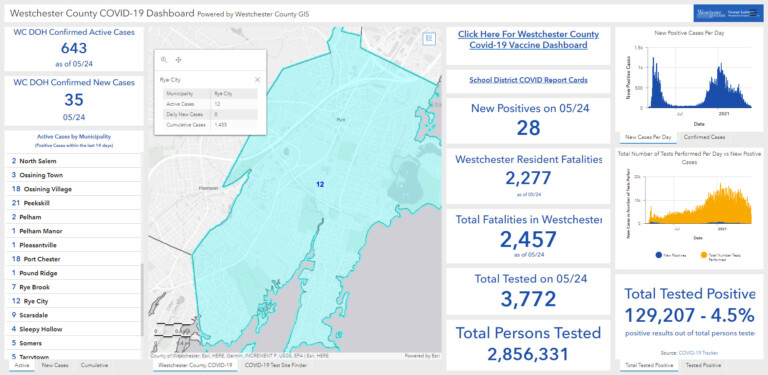Holding Court: Hold It Right There!

Holding Court is a series by retired Rye City Court Judge Joe Latwin. Latwin retired from the court in December 2022 after thirteen years of service to the City.
What topics do you want addressed by Judge Latwin? Tell us.
By Joe Latwin

Hold it right there!
You want to stop the other side from doing something. You can get an Order to Show Cause (“OSC”) why the bad guy should not be temporarily enjoined from doing the bad thing – a Temporary Restraining Order (“TRO”) pending a hearing for a preliminary Injunction. An OSC is a motion submitted to a judge along with supporting papers (including a Summons and Complaint). The Rules require the party seeking a TRO must give notice to the other side of the application for a TRO. If the judge finds the OSC sufficiently supported, the judge can sign the OSC and describe the method and time for service of the papers and fix the return date of the motion. It may also include a provision staying designated proceedings or enjoining specified conduct so as to maintain the status quo during the pendency of the motion.
To obtain a TRO, the moving party must show immediate and irreparable injury and loss or damage would result unless the defendant is restrained before the hearing. The Court may require the posting of an undertaking, usually a bond or cash deposit) to protect the party being enjoined.
At the hearing, the other party may file opposing papers showing why an injunction pending the outcome of the case (a Preliminary Injunction) should not issue. The TRO usually expires on the hearing. The purpose of a Preliminary Injunction is to maintain the Status Quo during the pendency of the case. To issue a Preliminary Injunction the Court must find (1) the defendant threatened or is about to do or is doing something in violation of the plaintiff’s rights concerning the case that tends to render a subsequent judgment ineffectual, or (2) plaintiff would be entitled to injunctive relief which, if committed or continued during the case would produce injury to the plaintiff (basically in an action for a permanent injunction). Usually, if the remedy sought in the case is money damages, no injunction is available (except to prevent transfer of disputed items). Irreparable harm exists where an award for monetary damages is not adequate compensation. To succeed on a motion for a preliminary injunction, a movant must demonstrate: a likelihood of ultimate success on the merits; that irreparable injury would result in the absence of injunctive relief; and that a balancing of the equities to effect substantial justice and to preserve the status quo warrants the grant of this extraordinary relief. Movant must demonstrate a clear right to relief which is plain from the undisputed facts, to establish its likelihood of success. Where an issue of fact exists, a temporary injunction will not be granted.
While the grant of a Preliminary Injunction may lead to resolution of a case, the decision on the Preliminary Injunction does not finally rule on the merits of the case. That is left for decision on the permanent injunction, but if the court found that there was a likelihood of success on the merits on the TRO, it would be a good bet that, absent changes in law or fact, it would find the same result on the injunction action.






